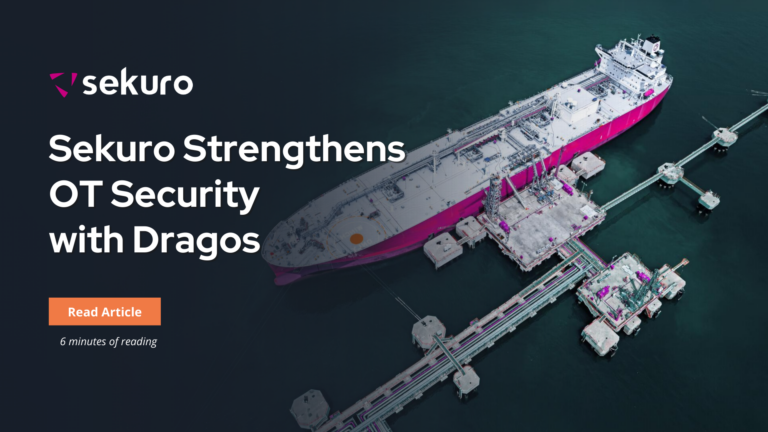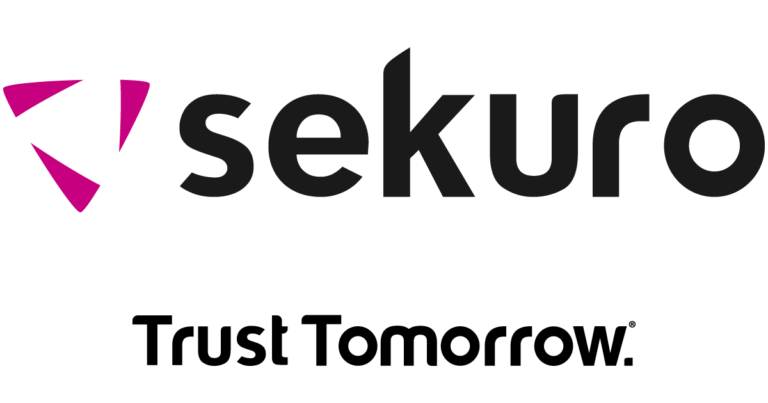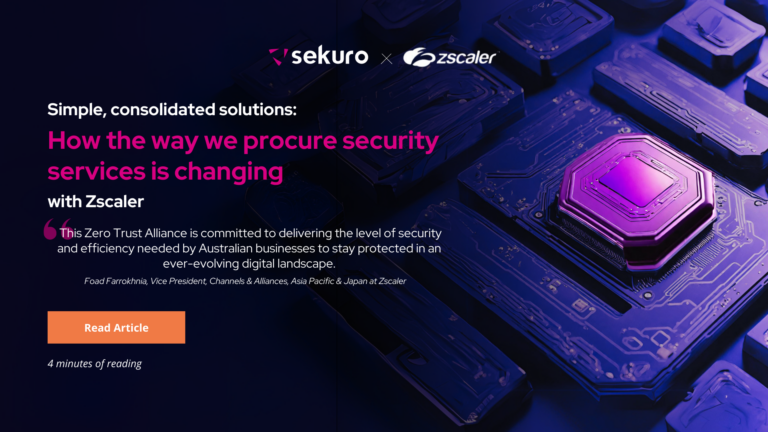The importance of mission-critical applications to a business’s day-to-day operations is evident in the name. Yet what one company considers mission-critical will differ from another’s. An e-commerce business would consider its payment software to be mission-critical, while the likes of Uber would think its GPS software is non-negotiable.
No matter what you define as mission-critical for your organisation, there is one commonality across the board. And that is that downtime is not an option, meaning organisations need to prioritise the data integrity, performance and availability of these apps. To do this, they need a robust data storage solution to ensure business continuity and disaster recovery, but that doesn’t increase overall expenditure or create inefficiencies.
This all makes sense in theory, but a lot of organisations are unlikely to know where to start. Well, the answer is converged infrastructure.
So, what is converged infrastructure and how are organisations realising its benefits?

Connecting the dots
Converged infrastructure is designed to overcome the limitations and inefficiencies of traditional IT storage and compute. Traditional data centre management systems are made up of disparate silos that must be individually configured, which can be time-consuming and costly to set up and maintain, often requiring significant expertise and delaying deployments. All of this can put mission-critical apps at risk of underperformance, downtime and data loss.
Converged infrastructure joins compute, networking, storage, systems administration, and software together in a pre-configured package that is operated and managed as a single converged system. This delivers a high-performing platform with a faster time to value that can scale with your organisation. Essentially, it manages data centre growth while controlling costs and maximising performance.
No time for downtime in critical infrastructure
There is no place where mission-critical apps are more important than within our critical infrastructure. Within these organisations, app performance and resilience need to be an absolute priority.
An Australian emergency services provider faced a significant challenge with its outdated IT infrastructure. The existing infrastructure relied on legacy hardware and software spread across two different geographic locations. This resulted in performance issues, high maintenance costs, and limited functionality. The complexity of the existing solution and lack of visibility and support from the incumbent provider also made it challenging for the IT team to provide high-availability of apps. All of these factors were putting the organisation’s apps, and consequently, people’s live’s at risk.
As a first responder agency, the availability and performance of its dispatch service could mean life or death. It needed close to 100% uptime, as well as speed and scalability to ensure it could respond to emergencies and communicate without delay, particularly during peak periods.
As a first responder agency, the availability and performance of its dispatch service could mean life or death.
It needed close to 100% uptime, as well as speed and scalability to ensure it could respond to emergencies and communicate without delay, particularly during peak periods.
After implementation, the organisation experienced significant improvements in the performance and reliability of its apps and created efficiencies in maintaining its infrastructure. The solution reduced infrastructure complexity and maintenance costs while increasing agility and flexibility. This means the IT team could deploy, manage and monitor the infrastructure with ease, and the solution provided better visibility into the resources in the environment. The modular design also allows for expansion as needed without disrupting operations – meaning no downtime.
The efficiencies created by its newly converged infrastructure also help to reduce its carbon footprint. According to PureStorage, FlashStack reduces power & cooling costs by up 74%, benefiting both its bottom line and the environment.
Overall, the implementation of FlashStack powered by Sekuro allowed the organisation to modernise its private cloud, reduce costs, and improve the quality of service it provided to the community.
In a world where our reliance on mission-critical apps means there’s no room for error, investing in a converged infrastructure demonstrates an organisation’s commitment to delivering exceptional and reliable service, whilst also alleviating pressures on staff and reducing its impact on the environment.
If you’d like to learn more about how Sekuro’s Secure Private Cloud and Converged Infrastructure solutions, head to sekuro.io.

Jason Trampevski
Field Chief Technology Officer (CTO), Sekuro
Jason is a strategic technology leader dedicated to helping organisations achieve their goals through the effective use of technology. His expertise lies in building resilience and driving business success. As a specialist in transforming complex business requirements into streamlined technology solutions, his focus lies in harmonising the essential components of people, processes, and technology to empower organisations to maintain agility and competitiveness in today's rapidly evolving digital world.






